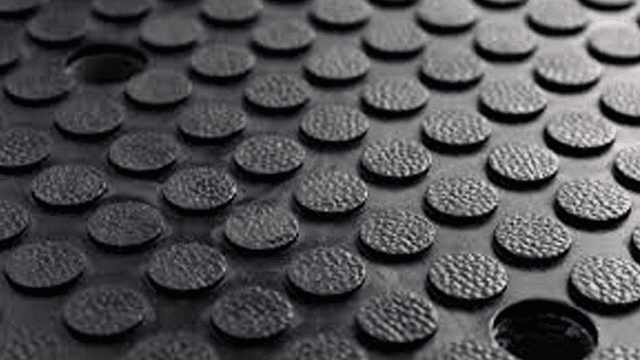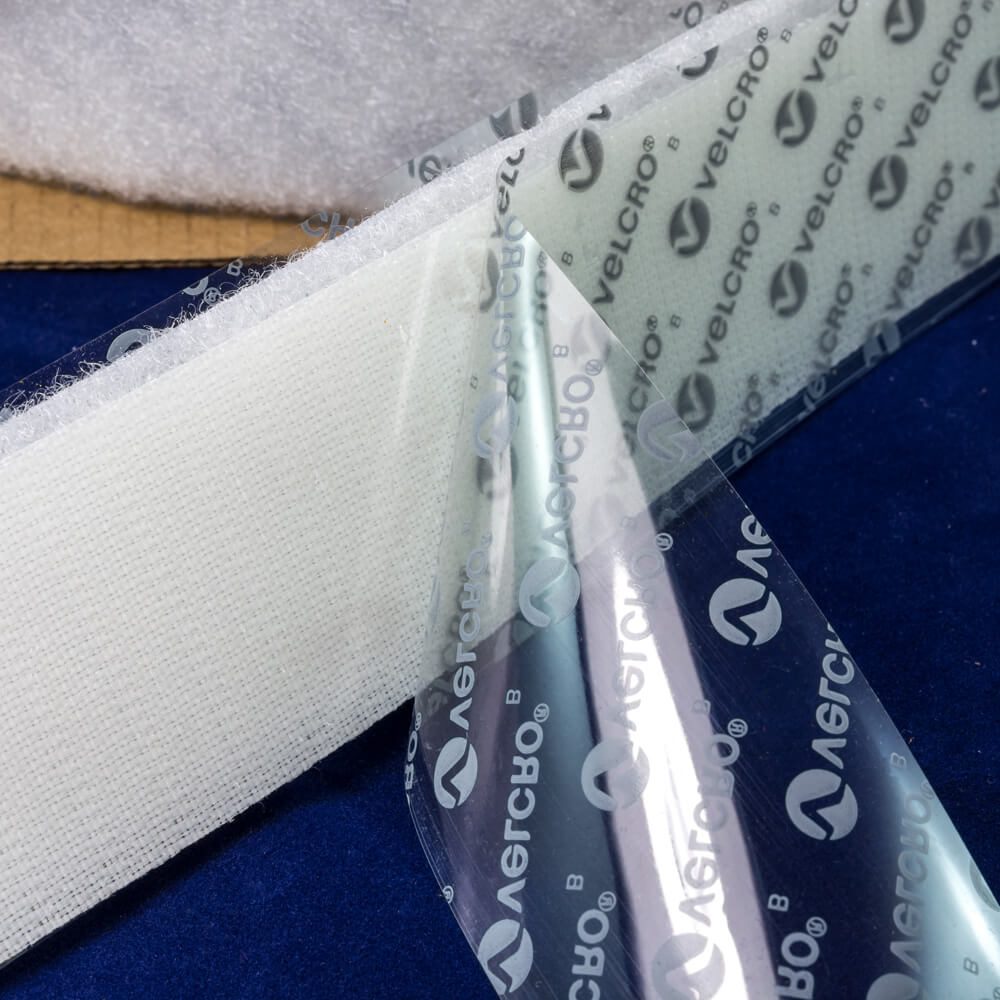
Adhesive Tape & Flexible Materials
The Tape Lab is the premier converter and fabricator of adhesive tapes and flexible materials. We bring in jumbo rolls of tape, films and foams and convert them into manageable slit rolls or simple/ complex die cut parts.
Our engineers and sales staff have many years of experience working with all different types of adhesive tapes and flexible materials. We work with the brand leaders like 3M, Avery Dennison, Dermamed, Adhesive Research, Rogers Poron and so many more. We have partnered with these leaders to bring you world class service in the converting and fabricating of your custom tape and flexible material projects.
We work with small start ups all the way up to large, Fortune 500 companies, and we specialize in the design and development of our adhesive backed needs. The Tape Lab was started with the premise to be the best adhesive converter using our market driven experience and know how. There isn’t an application we haven’t tackled, and we welcome the challenge of helping you get your product from concept to full scale manufacturing.
Browse Products by Material
Adhesive Transfer Tape
Single Sided Tape
Double Sided Tape
Hydrogels
Hydrocolloids
Adhesive Tape Types
Rubber adhesive tapes are typically used for quick stick applications where the user needs a fast bond strength. Typical rubber applications are for indoor applications with low-stress and low-to-moderate temperature requirements. They commonly adhere well to low surface energy (LSE) substrates.
There are two main types of rubber adhesives:
Natural rubber adhesives have a high molecular weight with long polymer chains. They typically adhere to LSE substrates well and have good shear. Natural Rubber adhesives usually have poor temperature resistance and aging properties.
Synthetic rubber adhesives are specialized thermoplastics with low molecular weight or short polymer chains. They are more customizable than natural rubber adhesives for higher adhesion to LSE substrates with more tack and some temperature/UV aging resistance.

Acrylic adhesive systems are typically used for either indoor or outdoor application when the users need long-term bonding and temperature resistant requirements. Most acrylic adhesives can have their polymers adjusted during their manufacturing process to improve their overall performance.
There are two main types of acrylic adhesives:
Solvent adhesives get their name because their polymer strands dissolve or break down in a solvent. Typically these adhesives do not adhere well to LSE substrates but do exhibit better property retention than rubber under in most scenarios.
Emulsion acrylics are water-based adhesives that consist of spherical particles surrounded by a surfactant in a water carrier. They are typically less expensive and more environmentally friendly than solvent acrylic adhesives. However, due to the water-based properties, they do not offer great moisture resistance. Emulsion acrylics are ever changing in today’s world. There are several leading tape manufacturers that are constantly evolving the emulsion technology to make the acrylics more robust for tough applications.

Silicone adhesives are the most complex to make, which is also why they are the most expensive adhesive system. They typically have a very high-temperature resistance and can endure extreme environmental conditions. Silicone adhesives tend to have very low holding power due to their bond strength. Silicone tapes are typically used for critical applications where the tapes are exposed in stick to skin applications and a gentle removal of the tape is required or for applications where extremely high temperatures and harsh environments adhere to other siliconized surfaces. Also note that the only thing that adheres to silicone is silicone. Silicone adhesives can be found on silicone release liner splicing tapes, Teflon tapes, and some high-end masking tapes.